Is Shooting Film Really About the Color?
After 10 episodes of People on Film, I’ve realized that the love for film goes far beyond aesthetics.
This post might be too long for a viewing on email. Open this post directly from Substack instead by clicking read in app :)
For the past five months, I’ve been working on a series called People on Film on my YouTube channel. It’s a documentary-style project where I invite people I’m genuinely curious about to join me to answer my curiosity and for a quick photowalk, usually in a place they love.
The idea came from a personal place: I wanted to ask questions I’d been holding onto. Not interviews for content’s sake, but real conversations with people I know or have followed for a while. And more than that, I wanted to connect in real life with others who still shoot film, because, it’s a pretty niche path these days.
And then last week, I went on a photowalk with a good friend who recently got more into film. He’s even started scanning his own rolls at home. At one point, he asked me:
“Why does it matter what film you use if you can just edit it later? Like, if I shoot Kodak ColorPlus and tweak the colors to look like Portra, isn’t that the same?”
A very valid and interesting question. At the time, my answer was simple: sure, you can edit your scans to mimic other stocks, especially if you do the scanning yourself. But every film stock has its own inherent character: dynamic range, grain structure, tonal response. Each of them has their own baseline signature and those things can’t be fully replicated.
Still, the question stuck with me a bit. And after that day, I started reflecting more deeply, not just on the technical aspects, but on what I’ve learned through these conversations in People on Film. Because sometimes, the reasons we choose a film go far beyond the final look.
Disclaimer: I always start the series by asking, “Why (still) shoot film?” and most of them not answered “Because of the colors”.
“I like how I can appreciate the moment when shoot film”
A bit of technical aspects
First, I want to touch on the technical side, based on my experience over the past 8 years shooting film, scanning at home, developing rolls, and even doing some darkroom printing.
Film stocks aren’t just about the colors you get at the end. Each one has its own mood, its own quirks, like different personalities you learn to work with.
Take Portra, for example. It’s forgiving. You can shoot into the sun, mess up your metering a little, and it’ll still hold the highlights with grace. Portra handle highlights like a champ. It’s reliable, especially in tricky lighting.
ColorPlus, on the other hand, is a bit more unpredictable. Point it at a bright sky and boom, gone. Blown out like a 2000s family vacation photo. The grain is chunkier, the tones a little rougher and kinda yellowish, but there’s something charming about that too.
Every film stock has a baseline "signature", and the more you shoot it consistently and scan gently, the more you start to recognize that signature.
Sure, you can tweak the scans later. You can color grade, adjust curves, even try to fake the look of another stock. But what you can’t replicate is the way the film reacts to light in the first place, the way Portra slides through highlights or how it gently rolls off in the shadows. That’s why certain film stocks shape the way I shoot, the way I see, and the way I feel when I’m out with my camera. I tend to choose film that fits how I like to work, whether it’s the subject, the light, or the overall mood of the environment.
“To this day, I think digital camera can’t replicate film yet. Both the tone/look and the feel of slowing down before actually press the shutter”
A reflections both from myself and from the series
For me, yes, the colors were what first drew me to film. But what’s kept me here isn’t just the aesthetic. It’s the joy of slowing down, the intention, the waiting, and the tactile relationship with the tools.
It’s never been about film versus digital. Digital isn’t bad. I just happen to love this process, and often, I find more meaning in the act of creating than in the final result.
“It’s not just about the final image, but I really enjoy the process itself”
The process has become a kind of meditation for me. A moment of reflection. A way to make memories. I still remember the exact atmosphere when I took a photo of a violinist on Orchard Road in Singapore, seven years ago. The sound of the crowd, even the music he played. One photo. One moment. And somehow, it becomes a core memory.
But at the same time, film is a tool for being present to me.
Sometimes I’ll spend hours by the seaside near Tokyo and walk away with fewer than ten photos. But I’ll feel full, just from being there, noticing, breathing.
That’s also why Substack feels more fulfilling than Instagram or Twitter for me these days, both in writing and reading. It allows space to slow down, to reflect, and to truly appreciate the moment.
“I think I shoot film because I wanted to hold onto memories more deeply.”
In Episode 5 of People on Film, my friend Luuvu shared that one of his main reasons for shooting film is the experience of using certain cameras, tools that offer something digital can’t. Like a TLR, for example.
And honestly, that’s one of my reasons too. It’s about the tactile connection with the tools, the feel of the mechanics. There’s something magical about how a simple, electricity-free box can capture light on a piece of film, and how that image slowly appears when soaked in a few chemicals. It’s mechanical, and imperfect.
“Shooting film is just hits different.”
Luuvu Hoang, People on Film Eps. 5
”Film can expand the range of how I express myself.”
Yoshida, People on Film Eps. 6
”The gap between what you hope you shoot, and what you ended up with make it so much fun.”
So the reason why I and people around me shoot film is mostly on the process, intention, and feelings.
I’m not trying to start another film vs. digital debate. Honestly, I don’t even think it’s a real debate. People enjoy things differently, and we all appreciate photos in our own way.
So instead of asking which one is better, maybe the more important question is: Which medium do I truly enjoy?
Which one challenges me, shapes me, helps me grow, not just as a photographer, but as a person?
Anyway, so far there are 8 episodes of People on Film series on my YouTube, but I finished the recording for the 9th and 10th, and the 9th will be publish this weekend! So please subscribe here so you won’t miss it 😉
Thank you for reading! Let’s connect through some of my social media such as Twitter, Instagram, and YouTube!
And if you want to support me on my journey, you can buy me a film roll, buy my photobook or my prints (ship worldwide)! ❤️
I’ll see you again next time!
Cheers,





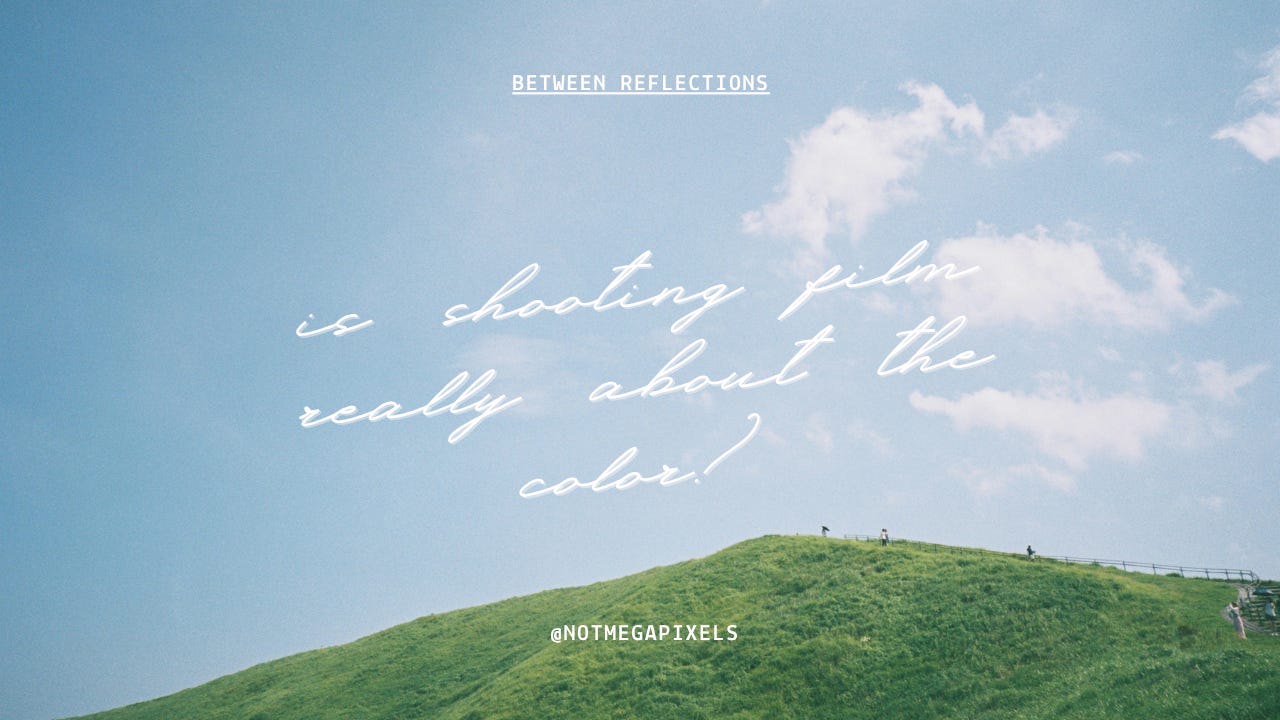

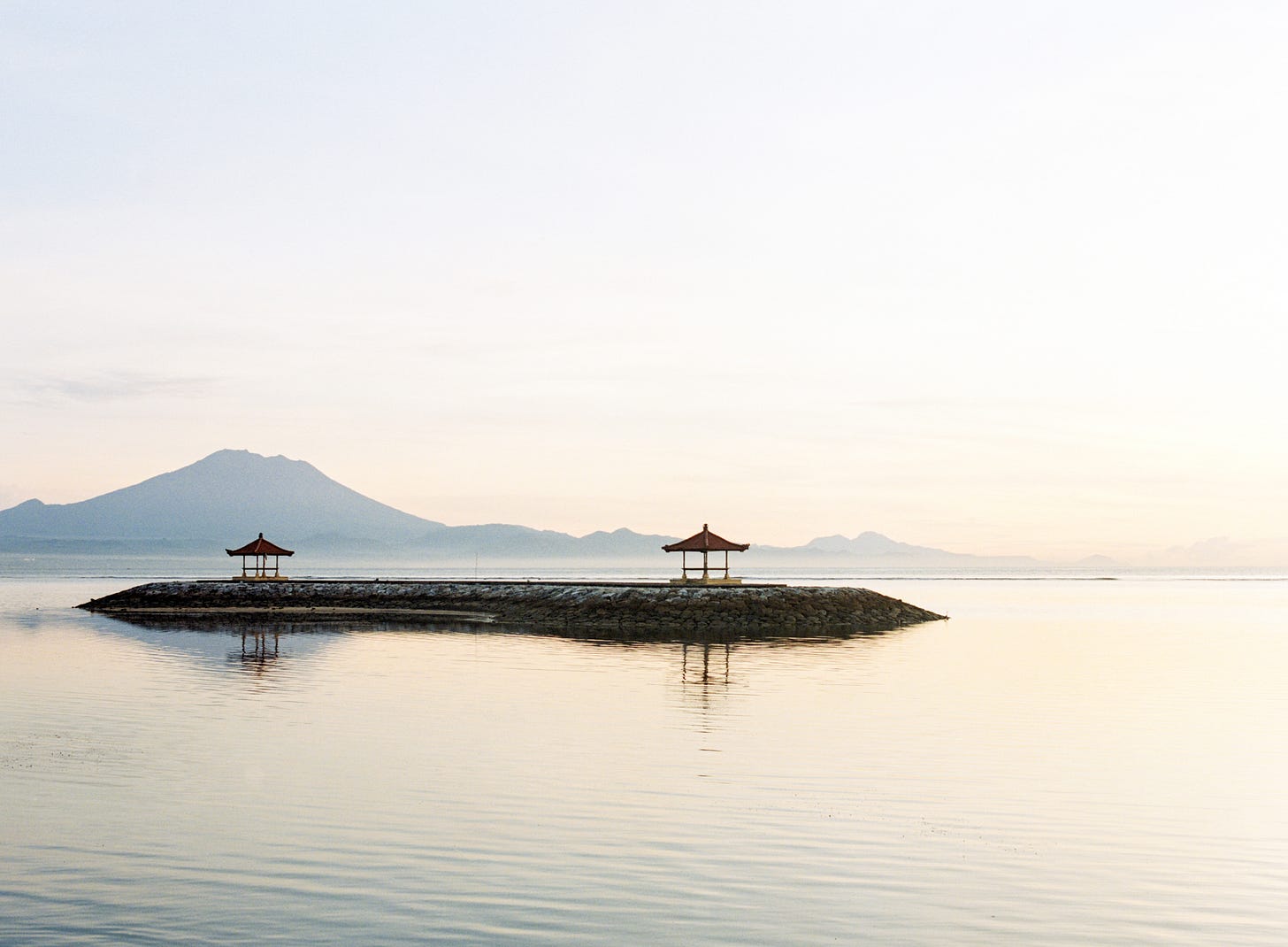
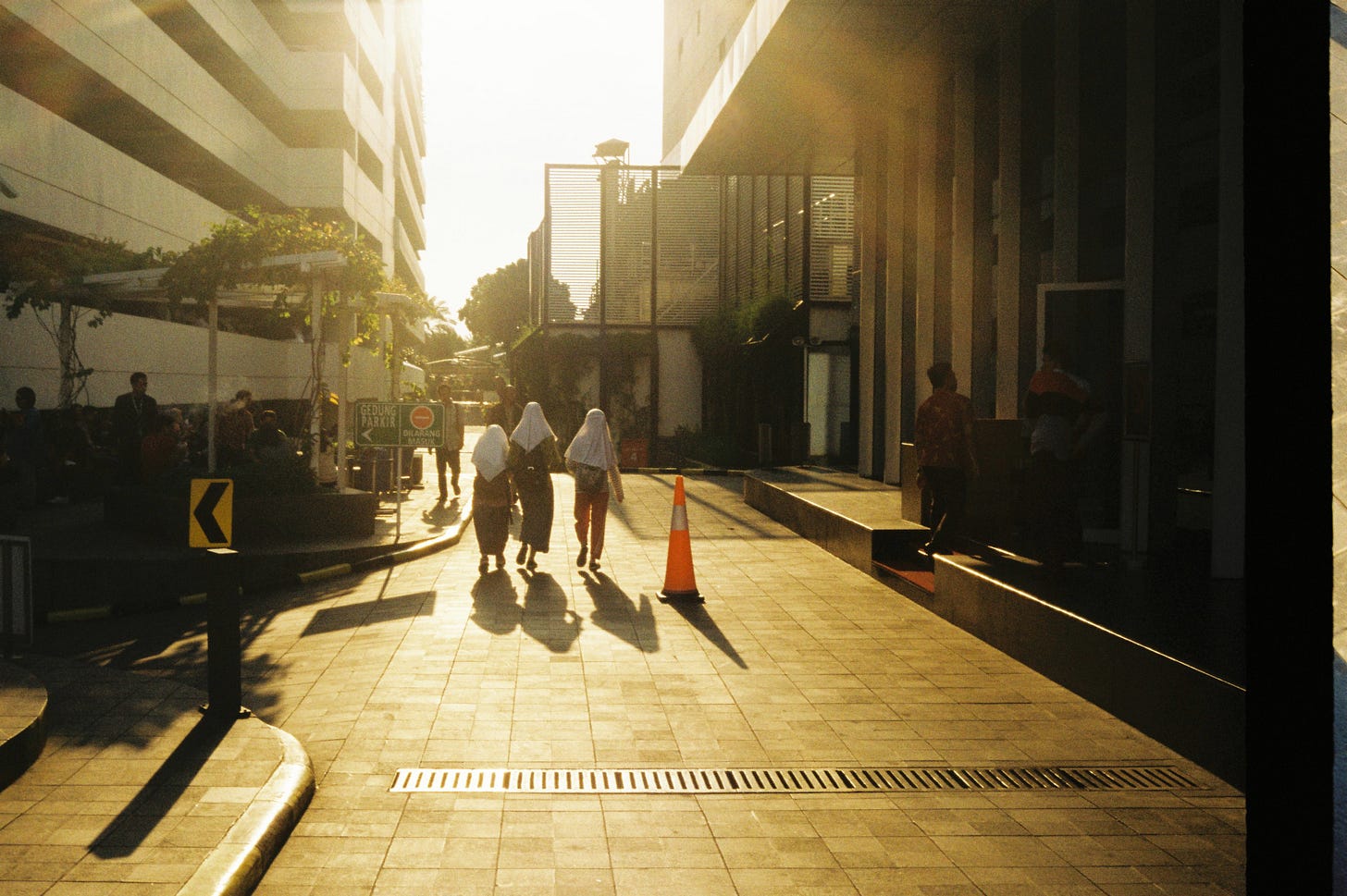

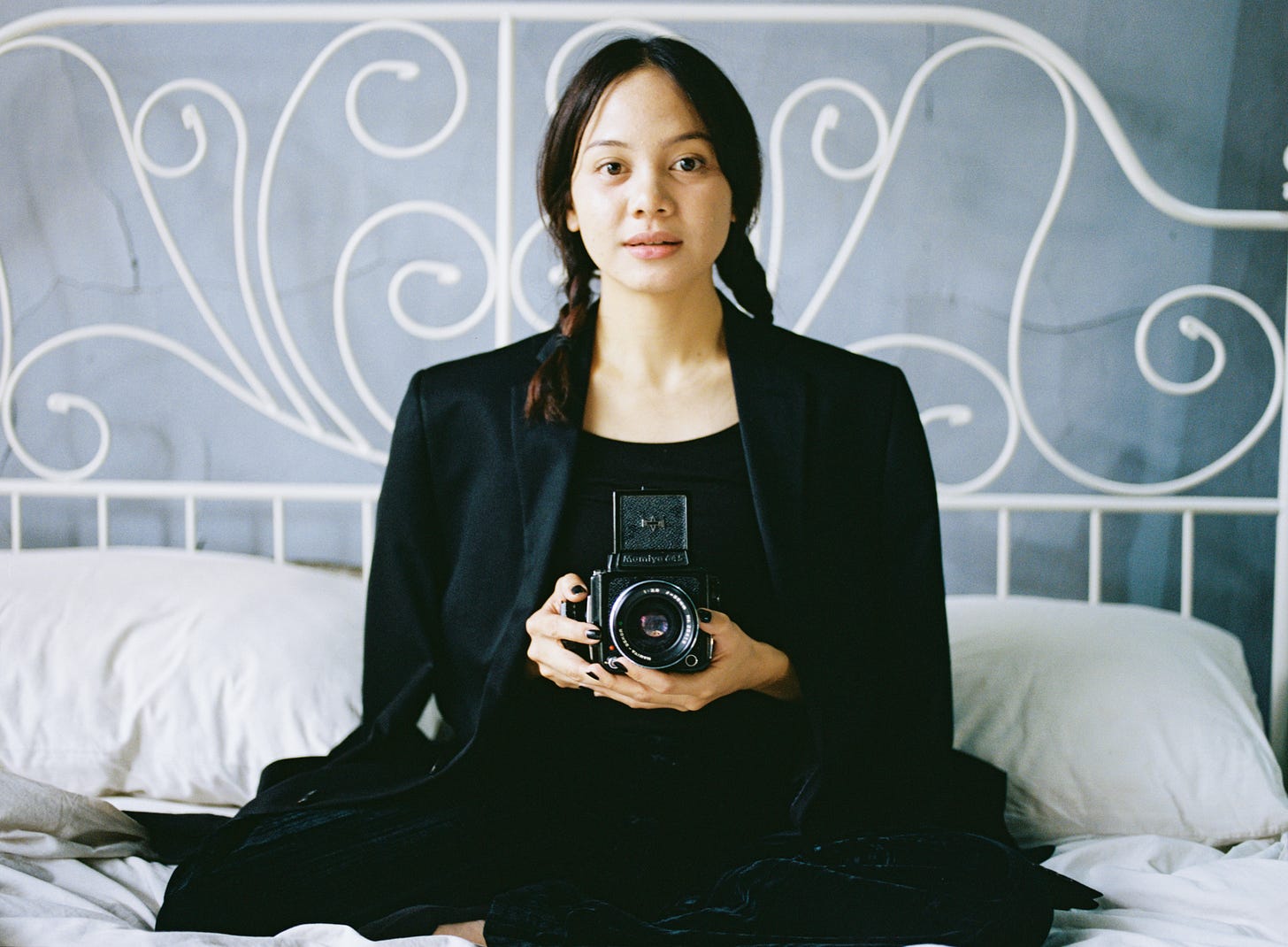

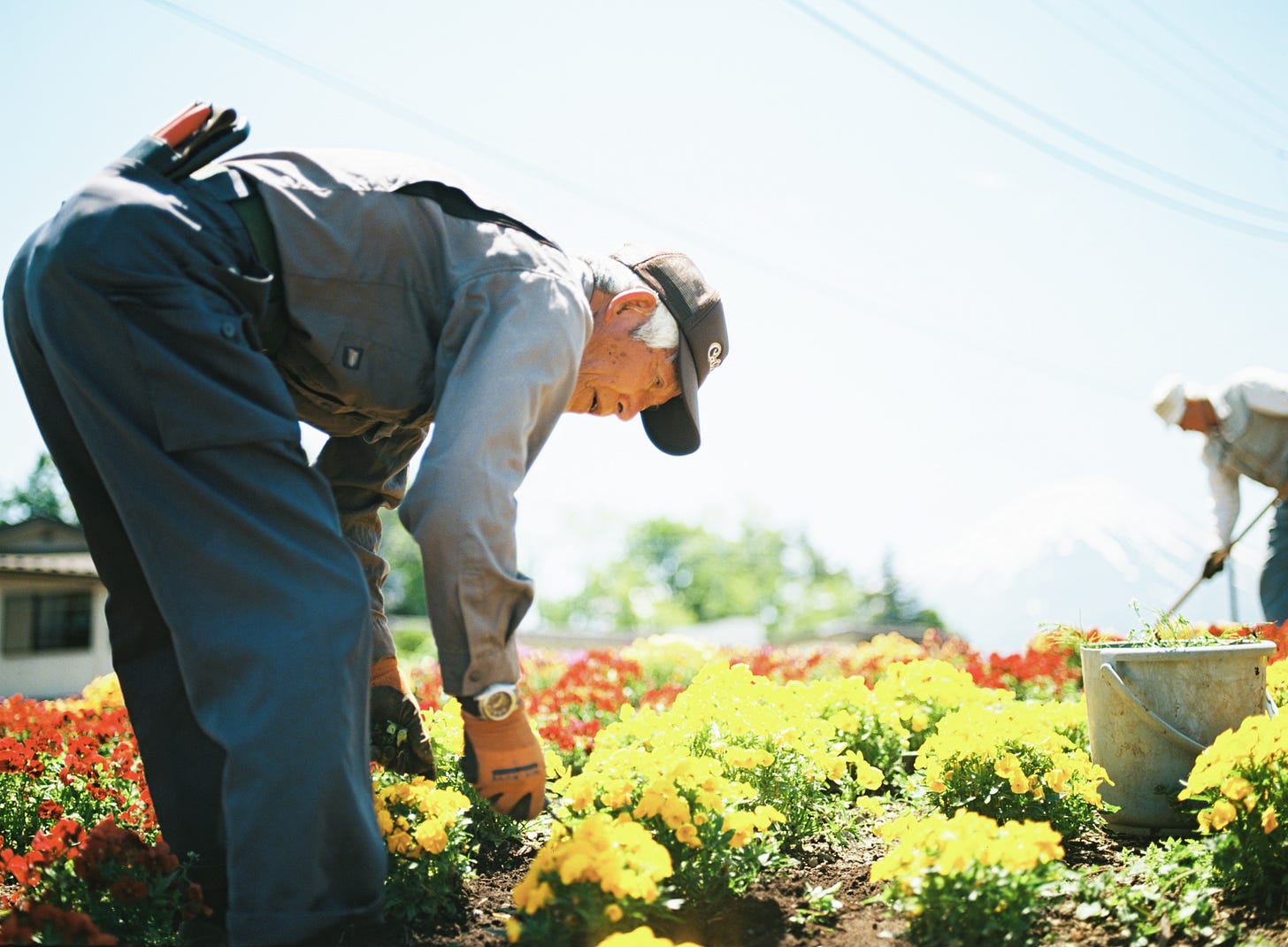

What a great piece! I love that over the course of all these interviews you’ve shot, that you have such strong takeaways and when pushed to reflect, you use those specific experiences to draw from. That full circle is magical.
I’m with you on everything you said, and even though I shoot a mix of film and digital, film and specifically film cameras for me feel more special. I said recently that there’s nothing more cool than shooting a train yard on film, I shot on a fully mechanical SLR and that feeling, in that place with that camera will be that core memory for me, just like yours with the violinist.
Can’t wait for more interviews, it’s one of my favourite things on YouTube.